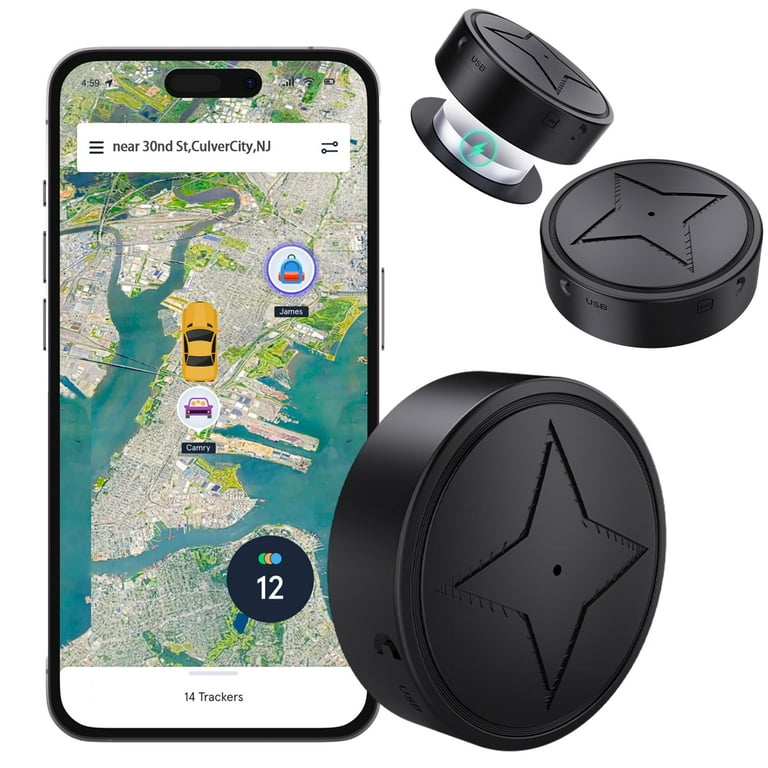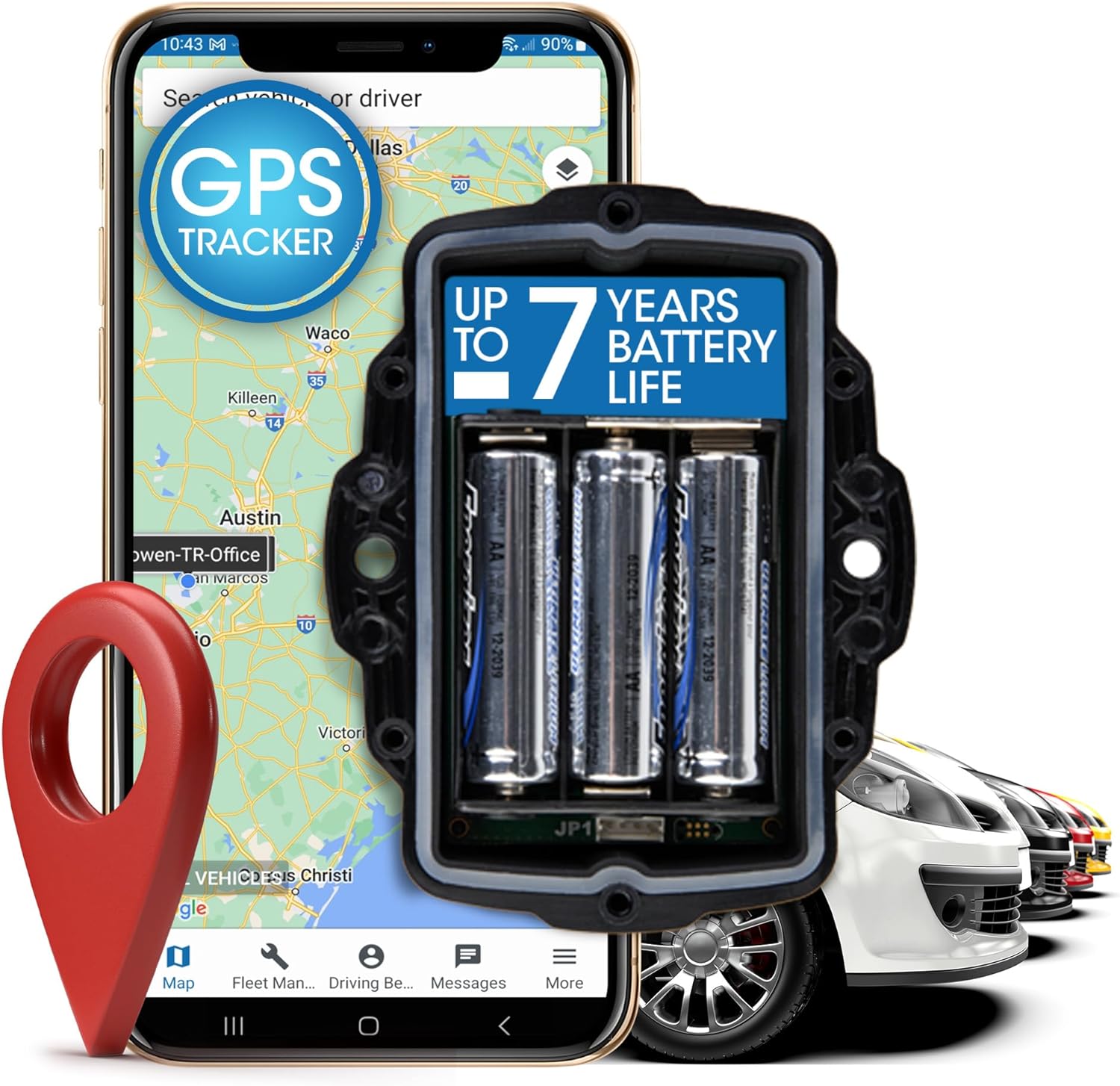Just How GPS Tracking Can Enhance Your Company Workflow
Just How GPS Tracking Can Enhance Your Company Workflow
Blog Article
Optimizing Effectiveness With GPS Tracking: Strategies for Fleet Management and Property Tracking
In the realm of fleet administration and asset surveillance, the use of GPS monitoring systems has actually ended up being a cornerstone for boosting operational performance and productivity. By using the power of real-time data, organizations can enhance their logistics, enhance routes, and improve total fleet performance. Nevertheless, the true possible lies not just in the implementation of these innovations yet likewise in the critical application of the insights they supply. From enhancing chauffeur security to making notified decisions based on comprehensive data analytics, the chances are huge. As we check out the numerous methods and strategies to take full advantage of performance with general practitioner monitoring, a world of possibilities opens up to redefine exactly how companies manage their fleets and monitor their properties.
Carrying Out Real-Time Monitoring Systems
To maximize functional efficiency, firms can apply real-time tracking systems that supply immediate area information for their assets. By making use of GPS technology, organizations can get real-time insights into the whereabouts of their lorries, equipment, and various other valuable resources. This degree of presence enables business to streamline procedures, enhance efficiency, and enhance total performance.
Real-time radar supply various benefits for companies across numerous industries. With the capability to monitor possessions continually, organizations can enhance routing, schedule upkeep better, and decrease the danger of burglary or loss. These systems enable organizations to react quickly to any kind of unforeseen events or disturbances, guaranteeing minimal downtime and optimum efficiency.
Implementing real-time monitoring systems requires cautious preparation and consideration of details company demands. Companies must select the appropriate innovation company, tailor the system to meet their needs, and provide ample training to employees. By buying real-time tracking options, businesses can stay ahead of the competition, provide remarkable customer support, and attain lasting growth in today's hectic market atmosphere.
Enhancing Path Preparation and Scheduling

One secret method for maximizing path preparation is to make use of historical information and real-time details to identify the most effective courses for vehicles. By evaluating past paths and considering aspects such as website traffic patterns and delivery windows, companies can develop routines that decrease unneeded quits and delays. In addition, implementing dynamic directing abilities permits changes to be made in real-time based upon changing problems, ensuring that vehicle drivers constantly take one of the most effective course to their location.
Enhancing Chauffeur Performance and Safety And Security
Enhancing vehicle driver efficiency and security is vital in making sure the smooth and safe and secure procedure of a fleet. By utilizing general practitioner tracking technology, fleet supervisors can keep track of driver actions in real-time and give immediate responses to advertise risk-free driving practices. This consists of tracking speed limits, harsh stopping, acceleration patterns, and adherence to web traffic policies.
Additionally, GPS tracking systems can aid in determining chauffeurs that may need added training or support to improve their performance (gps tracking). By analyzing information on driving practices and patterns, fleet supervisors can implement targeted training programs to attend to particular locations of enhancement. This aggressive technique not just improves total motorist performance yet additionally adds to a much safer job atmosphere for every person involved
Along with performance tracking, general practitioner radar can likewise boost chauffeur safety and security by providing emergency aid features. In the occasion of a mishap or failure, motorists can promptly send distress signals, allowing fleet supervisors to react promptly and dispatch help when required. On the whole, integrating GPS tracking innovation into fleet administration methods is critical for maximizing vehicle driver performance and ensuring the safety of both drivers and possessions.

Utilizing Geofencing for Improved Safety And Security
Taking full advantage of fleet security goes past keeping an eye on chauffeur efficiency and safety; one effective technique is through the calculated usage of geofencing modern technology. Geofencing enables fleet supervisors to establish Read More Here digital boundaries or geozones around certain locations, enabling them to receive real-time informs when lorries enter or exit these marked locations. By establishing geofences around high-risk places such as building websites, unapproved areas, and even consumer locations, fleet supervisors can improve safety procedures and mitigate potential risks.
Geofencing not only improves safety and security however likewise makes it possible for fast feedback times in instance of unapproved lorry use or burglary. In the occasion of a breach, alerts can be sent to fleet managers, allowing them to take instant action to locate and recoup the vehicle. In addition, geofencing can aid in keeping track of vehicle movement throughout off-hours, making certain that lorries are not being utilized for unauthorized purposes.
Incorporating GPS Information for Strategic Decision-Making
Utilizing GPS information assimilation is important for educated calculated decision-making in fleet administration procedures. By integrating GPS information into fleet monitoring systems, services can obtain important understandings into their procedures, causing more effective routes, enhanced vehicle driver habits, and better general efficiency. Through the combination of GPS information, fleet managers can track lorry locations in real-time, screen gas intake, and examine driver performance metrics such as speed, idling time, and severe stopping.
In addition, incorporating GPS data this article permits for the optimization of courses based on web traffic problems, climate patterns, and other outside aspects, aiding to minimize distribution times and functional expenses. By analyzing historical GPS information, fleet supervisors can recognize fads, patterns, and locations for renovation, allowing them to make data-driven decisions that enhance performance and streamline operations.
Final Thought
In final thought, the application of general practitioner radar can significantly improve effectiveness in fleet administration and possession tracking. By making use of real-time monitoring, maximizing path planning, improving chauffeur efficiency, using geofencing for security, and incorporating GPS information for calculated decision-making, organizations can enhance operations and achieve cost financial savings (gps tracking). These techniques enable companies to streamline procedures, boost productivity, and ultimately make best use of the total effectiveness of their operations
In the world of fleet monitoring and possession tracking, the usage of GPS monitoring systems has come to be a foundation for boosting operational performance and efficiency. As we discover the various methods and techniques to make best use of performance home with GPS monitoring, a globe of possibilities opens up to redefine just how organizations handle their fleets and check their assets.
By using General practitioner tracking technology, fleet managers can monitor driver actions in real-time and provide instant responses to promote risk-free driving methods. Via the combination of GPS information, fleet managers can track car places in real-time, screen fuel usage, and assess motorist efficiency metrics such as speed, idling time, and extreme stopping.
In final thought, the execution of GPS tracking systems can considerably improve performance in fleet monitoring and possession tracking.
Report this page